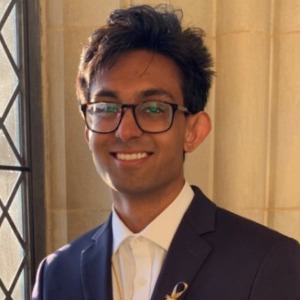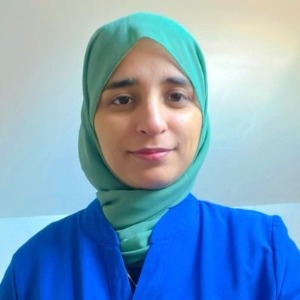Platelet Aggregation
Platelet aggregation is a crucial physiological process that plays a central role in hemostasis, the prevention of excessive bleeding, and wound healing. Platelets, small cell fragments in the blood, adhere to exposed collagen at the site of vascular injury. Upon activation, platelets release chemical signals that further attract and activate additional platelets. This cascade of events leads to the formation of a plug, or clot, effectively sealing the breach in the blood vessel. While platelet aggregation is essential for maintaining vascular integrity, dysregulation of this process can contribute to pathological conditions, such as thrombosis or excessive clotting. Understanding the mechanisms behind platelet aggregation is fundamental not only for unraveling the complexities of hemostasis but also for developing therapeutic strategies to manage cardiovascular diseases and related disorders.

Shuping Zhong
University of Southern California, United States
Ahdy Wadie Helmy
Indiana University School of Medicine, United States
Federico Benetti
Benetti Foundation, Argentina
Ishan Abdullah
George Washington University School of Medicine and Health Sciences, United States
Sana Tariq
Manchester University NHS Foundation Trust, United Kingdom
Achi Kamaraj
Royal Brisbane and Women’s Hospital, Austria



Title : Historical evolution from OPCAB to MIDCAB to mini OPCAB surgical technique and results
Federico Benetti, Benetti Foundation, Argentina
Title : Fats of Life, the skinny on statins and beyond !
Ahdy Wadie Helmy, Indiana University School of Medicine, United States
Title : Novel ways of cardiovascular risk assessment
Syed Raza, Awali Hospital, Bahrain
Title : Study of pathological cardiac hypertrophy regression
Shuping Zhong, University of Southern California, United States
Title : Personalized and Precision Medicine (PPM) and PPN-guided cardiology practice as a unique model via translational applications and upgraded business modeling to secure human healthcare, wellness and biosafety
Sergey Suchkov, N. D. Zelinskii Institute for Organic Chemistry of the Russian Academy of Sciences, Russian Federation
Title : Atypical takotsubo cardiomyopathy presenting as st-elevation myocardial infarction
Sana Tariq, Manchester University NHS Foundation Trust, United Kingdom